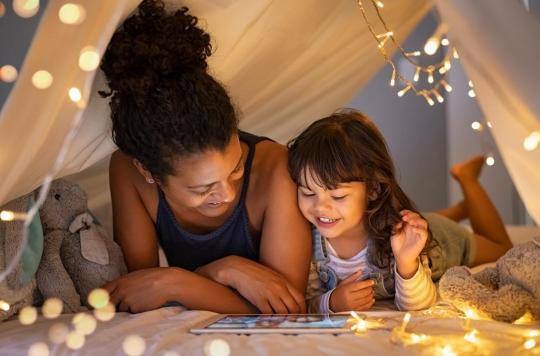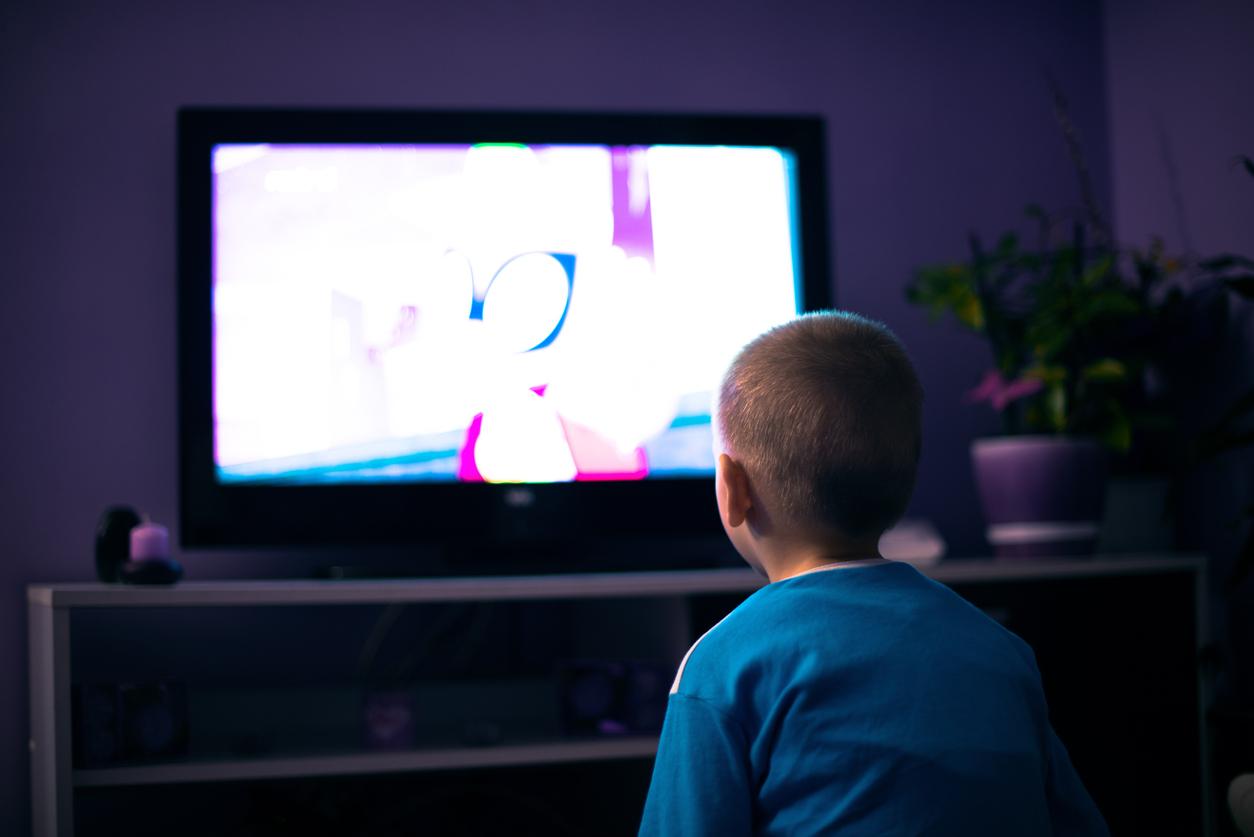Sydney Wheeler, director of programs at Helen Keller Europe, and Pr Dominique Brémond-Gignac, head of the ophthalmology department, give us their valuable advice on how to properly supervise the use of screens by children during the bridges to come.

- Television still occupies a prominent place in French families, with 93.4% of households equipped with a television.
- Smartphones are experiencing a real boom, with 73.6% of individuals aged 11 and over equipped, compared to 68.9% a year ago.
- Computers and tablets show a slight decline, with respectively 85.4% and 48.2% of French households equipped.
During the bridges, regulating children’s screen consumption can be complicated, especially in the event of long journeys or capricious weather.
A break of at least 20 seconds every 20 minutes
Before three years, the rule is simple: no screen. However, a video call made, for example, to the parents of the child looked after by his grandparents will in no way be harmful. After three years, access to screens is possible, but must be controlled. “As part of PlanVue, we offer some methodologies to help families better manage the use of screens by children”, says Sydney Wheeler, program director by Helen Keller Europe.
“We rely in particular on two rules, that of 20/20/20 and that of 3-6-9-12”, continues the specialist. According to the first rule, you must take a break of at least 20 seconds every 20 minutes spent looking at a screen, and look up at something that is at least six meters away from you. “The second rule consists of a framework adapted to the age of the child, with the objective of allowing him to develop the right reflexes and the ability to self-regulate. details Sydney Wheeler, who lists the following recommendations:
– Between 3 and 6 years old, let’s limit the screens to one hour maximum per day, and share the viewings with the family.
– Between 6 and 9 years old, let’s create with screens. Let’s explain the Internet to children and put in place family rules (no screens during meals, at night, etc.).
– From 9 to 12 years old, it’s time to teach children to protect themselves from screens and to supervise their exchanges on social networks.
– And finally, from the age of 12, you have to work with children so that they have targeted use of screens, and prevent them from using them out of boredom.
“One hour per year of age per week”
To allow parents to know the duration that their child can spend in front of the screens according to his age, the child psychiatrist Stéphane Clerget gives on magic mom a simple calculation method: “one hour per year of age per week”. A 4-year-old child can thus, according to the specialist, spend four hours watching a screen per week, a 5-year-old child five hours, and so on… Stéphane Clerget, however, sets a limit not to be exceeded: twelve hours screen per week. “It seems a lot, but it’s a maximum, and it’s above all much less than what we see, unfortunately, in reality. We see double, if we count the smartphone, the television, the tablets, the computers for some… We quickly arrive at twelve or thirteen hours, or even more, per week”, warns the child psychiatrist.
Too many screens disturb the good neuro-cognitive development of children. “Overexposure to screens can also trigger and aggravate refractive errors, particularly myopia,” adds Prof. Dominique Brémond-Gignac, head of the ophthalmology department at the Necker Children Sick University Hospital in Paris.

.















